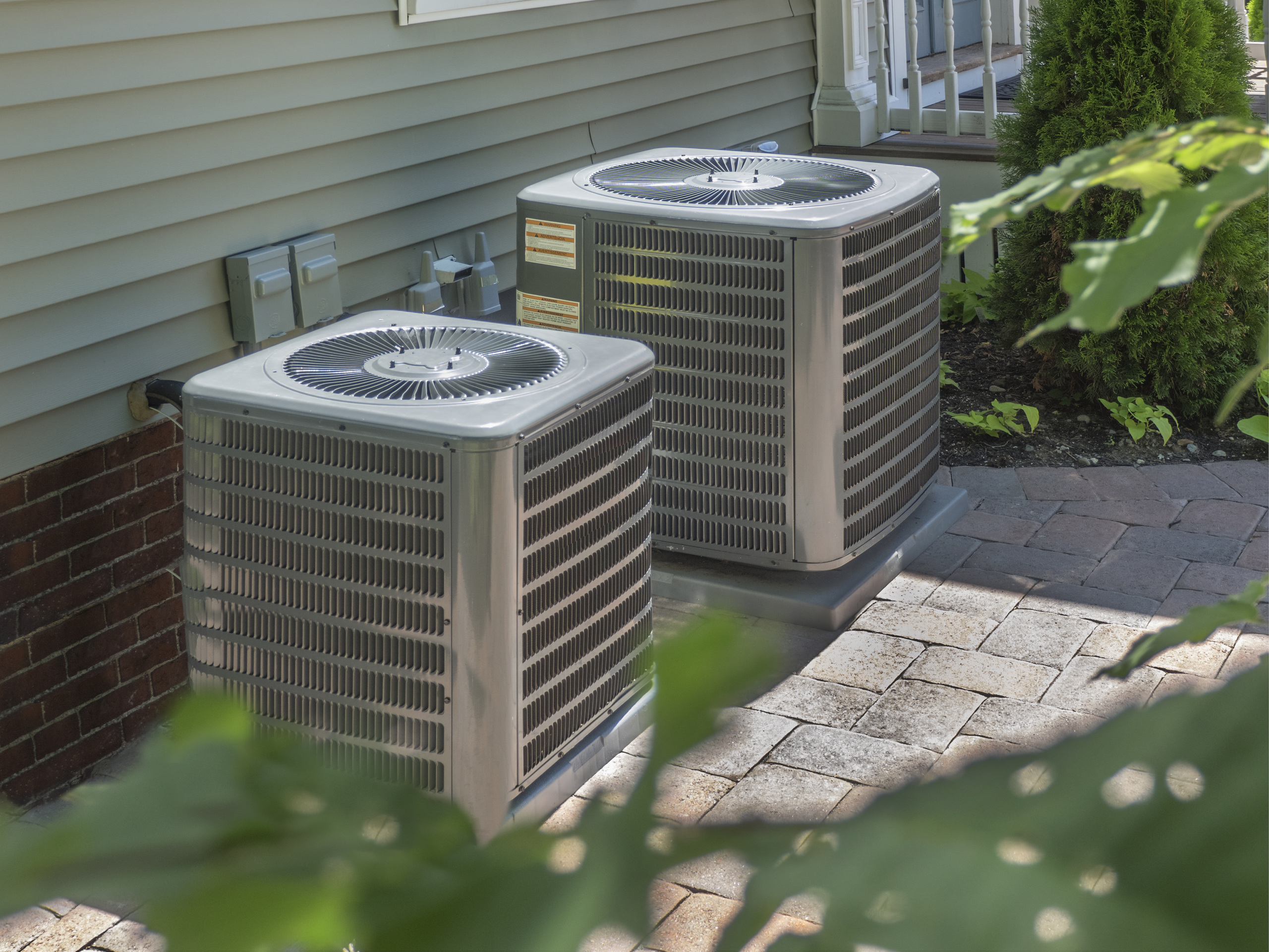Longer nights, shorter days, colder temperatures: You don’t need to be Ned Stark (may he rest in peace) to know that winter is coming.
As we head into winter, now is the time to get ready for all the challenges that come with the change of the seasons. For bears, that means bulking up to prep for hibernation. For squirrels, it’s stocking up on nuts.
And for many humans — and for the planet — it means keeping our homes warm while minimizing pollution.
In drafty or inefficient homes, staying warm can lead to an inflated energy bill and increased energy consumption — which usually means burning more fossil fuels to stay warm.
Here are some ways you can winterize your home to save energy and save money this winter, taken from Environment America Research & Policy Center’s citizen’s guide to energy efficiency.
Add insulation to save energy
One way to keep our homes warm? Stopping the heat from leaving in the first place.
According to ENERGY STAR, a government-backed symbol for energy efficiency, 9 out of 10 homes in the U.S. are under-insulated. That means that 90% of American homes are losing the heat they’re generating out of the house.
Because heat rises, insulation is particularly important in attics. Even something as simple as laying down a layer of insulation on your attic’s floor will do a lot to keep warmth in your living spaces instead of rising up into the cold winter skies.
According to the Environmental Protection Agency, investing in insulation for your crawl spaces, basement and attic can save you up to 15% on your heating and cooling bill.
Winterize your windows and doors
Another easy way to keep heat from leaking out of our homes is to plug up leaks around our windows and doors.
Some fixes, such as caulking and weatherstripping, are easy to install and effective in saving energy and heat. Caulking is used to seal up cracks around stationary elements, such as window frames, while weatherstrips can be applied to parts that move, like windows themselves. These solutions are easy DIY projects.
Another place where heating is lost is the duct system, if you have one. On average, 20% of the air that moves through ducts is lost to leaks and holes. Plugging these problem spots can make a big difference in saving energy.
And if these fixes are outside your comfort zone, one very easy solution is to hang thick, heavy curtains in front of your windows. Something as small as this can do wonders in keeping the cold out.
Check your water heater and adjust your thermostat
We can save energy when we look directly at the sources where we control our air and water temperatures.
Adjusting your thermostat is one easy example. Keeping our thermostats at 68 degrees during the winter can produce big savings while still saving us from the worst of the cold.
And our water heaters can be a source of savings, too. Most households manage perfectly fine by keeping their water heater set to 120 degrees.
Electrify your home to save energy
Here’s a bigger change you can make to your home to cut down on heating-related fossil fuel use:go electric.
Electric appliances offer all sorts of benefits, from reducing air pollution from gas stoves to cutting down on planet-warming methane gas. In addition to helping our health, clean energy appliances can reduce our dependence on fossil fuels and get us closer to a future powered by clean, renewable energy.
And now that the Inflation Reduction Act (IRA) has been signed into law, making the switch to electric is easier than ever.
This law includes more than a dozen incentives for homeowners to make purchases to run their homes on clean energy, including tax credits and rebates to help purchase heat pumps for home heating and cooling, heat pump water heaters and electric appliances like induction stoves.
Should you buy a heat pump?
If you’re running your house on an oil furnace that’s reaching the end of its life, an electric heat pump can be a great way to cut down on air pollution and warm your home with clean electricity.
Heat pumps are highly efficient, cutting down on energy use and saving you on your utility bills. And the IRA can help pay for your heat pump, saving you up to $8,000 on its cost depending on your income level.
You can learn more about the journey of installing a heat pump here.
These are just some of the ways you can save energy and money while helping our climate this winter. Ultimately, the only better feeling than a warm home is the warm and fuzzy feeling you get from reducing your carbon impact and protecting our climate.

